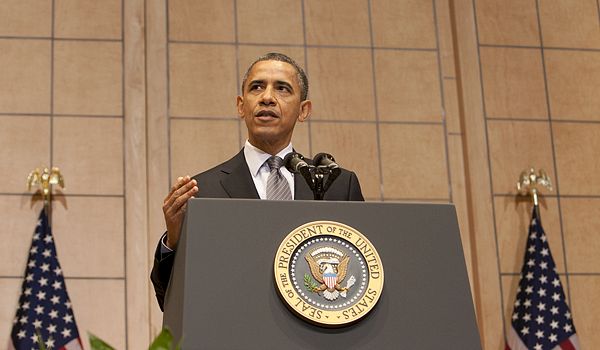September 15, 2014

The factors that lead to genocide and mass atrocities are complex and difficult to alter once violence starts. To advance its capacity to prevent the world’s worst crimes, the US government proposed and has begun to implement a number of changes. But as recent events in Iraq, the ongoing crisis in Syria, and simmering tensions in the Central African Republic and South Sudan make clear, prevention remains an enormous challenge.
To assess the US government’s progress toward this goal, James P. Finkel has produced the report Atrocity Prevention at the Crossroads: Assessing the President’s Atrocity Prevention Board after Two Years (PDF).
The Center for the Prevention of Genocide’s 2014 Leonard and Sophie Davis Fellow, Jim draws on 35 years of government service to detail the practice of policymaking and the competing demands that confront officials tasked with preventing the world’s worst crimes. He also reflects on the advances in prevention policy under the Obama administration and the challenges that persist.
Jim presents a series of actionable recommendations for continuing to build the government structures needed to meet these challenges. In addition to assessing the performance of the Atrocity Prevention Board (APB) and making recommendations to improve the US government’s prevention efforts, he examines the proposals made by the Genocide Prevention Task Force (GPTF) and the progress the administration has made toward fulfilling them.
As a veteran of the senior civil service, Jim was actively involved in government efforts to prevent mass atrocities, including participating in the study that led to the APB’s creation and preparing briefings for the first year of the board’s monthly meetings. From this unique vantage point he is able to provide a detailed account of the deliberation process and assess the operational impact of these efforts.
In 2008 the Museum co-sponsored the bipartisan GPTF, which issued a report with concrete proposals to enhance the capacity of the US government to respond to and halt emerging threats of genocide and mass atrocities. Subsequently, President Obama inaugurated Presidential Study Directive 10 (PSD 10) (external link),which—for the first time—identified preventing mass atrocities and genocide as a core national security interest and a core moral responsibility of the United States.
President Obama came to the Museum in 2012 to announce that he was fulfilling one of the GPTF’s principal recommendations by establishing the APB to plan and implement a “whole-of-government” approach to the prevention of genocide and mass atrocities. Two years into the APB’s operations and two years before a new administration will decide the its fate, the time is right to assess the board’s record, identify the key challenges it faces, and discuss what steps could help ensure that future administrations continue to pursue effective policies for preventing genocide and mass atrocities.
The assertions, opinions, and conclusions in the report are those of the author. They do not necessarily reflect those of the United States Holocaust Memorial Museum.
